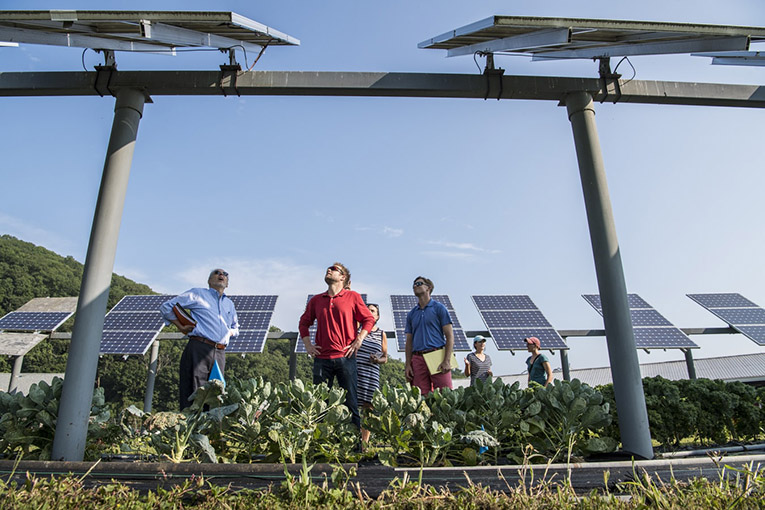Solar energy could power all of the U.S. homes by 2035, the Department of Energy said in The Solar Futures Study, released this Wednesday. The report also highlights that by such a year, 40% of all the electricity in the U.S. could come from solar.
The Solar Futures Study explores the role of solar energy in a transitioning economy. It was conducted by the U.S. Department of Energy (DOE), and the National Renewable Energy Laboratory (NREL). One of its key findings is that, with aggressive cost reductions and supportive policies, by 2050, solar could account for 45% of use in the U.S.
However, to reach those levels, solar energy deployment would need to grow by an average of 30 gigawatts alternating current (GWac) each year, between now and 2025; from 2025 to 2030, such growth would need to ramp up to 60GWac per year; which is four times the current development rate.
The study also highlights that decarbonizing the entire U.S. energy system could result in as much as 3,200 GWac of solar; due to increased electrification of buildings, transportation, and industrial energy, and production of clean fuels.
Also recommended for you: Walmart debuts in green bond market with $2 billion sale. Click here to read.
Solar energy could employ 1,5 million in the U.S.
Secretary of Energy Jennifer Granholm said in a statement. “The study illuminates the fact that solar, our cheapest and fastest-growing source of clean energy, could produce enough electricity to power all of the homes in the U.S. by 2035 and employ as many as 1.5 million people in the process.”
On the other hand, the study is the third in a series of vision studies from DOE and NREL. It is preceded by the SunShot Vision Study (2012) and On the Path to SunShot (2016). While the previous studies focused on the impacts of low-cost solar technologies on the economy; this study dives into solar energy’s role in a decarbonized grid and provides an analysis of future solar technologies.
Finally, the study concludes by stating that solar energy growth would bring benefits for communities as it would create jobs; also, savings on electricity bills, and enhanced energy resilience. For instance, financial, community engagement; siting, policy, regulatory, and resilience measures can improve equity in rooftop solar adoption.


